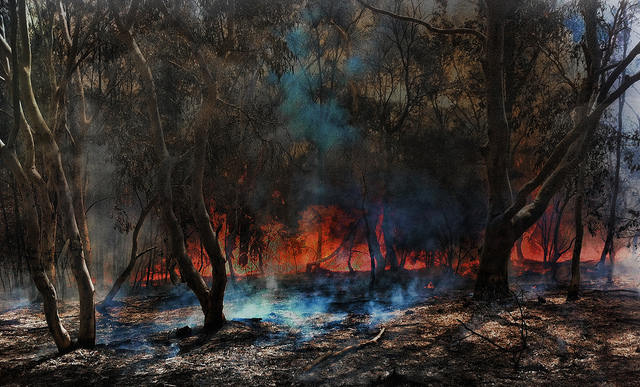
Am I the only one to have noticed that for the 14 years that Australia was involved in Afghanistan and the 11 years in Iraq, every visit by a politician is a ‘surprise’? Every single one. Perhaps the media should develop a new term—the ‘surprisevisit’—so exceptions, such as a visit announced in advance, become the news story. (But let’s not hold our breath for that one.)
It says a lot for the security situation in those two countries that after so much loss of life, so much money spent, so much time consumed by policymakers, analysts and the media, the chances of that sort of regular behaviour happening appears to be slim. Perhaps our security agencies are just being extremely cautious. But surely the best way for politicians to convince the public of the benefits of the efforts that have been made in Afghanistan and Iraq is for those countries to be treated like all others when it comes to visit formalities.
Which brings me to the current ‘surprisevisit’ of Tony Abbott to Iraq at the same time as swathes of Victoria and South Australia have been devastated by bushfires. One wonders what the people in affected areas such as the Mt Lofty Ranges consider the greater danger: an immediate roaring wall of flame and smoke, or the barbarians of the Islamic State (IS) in northern Iraq.
The politics of climate change in Australia is still messy; last summer the Prime Minister said that there was no correlation between global warming and bushfires because they had always happened. But there seems to be a growing awareness of the importance of the issue for the ADF. Indeed, Anthony Bergin and others have already done
a lot of good work in this domain. While it’s not the primary role of the military to be putting out fires, it is highly likely that increasing numbers of missions in Australia’s immediate area of interest will have a disaster relief and humanitarian focus.
The broad formula is relatively simple: as populations in third-world countries continue to grow and the scale of climate-related disasters increase, the number of people at risk will become correspondingly larger. That awareness presumably has influenced decisions such as the one to continually increase the size of the RAAF’s C-17 fleet. It also seems to have been a factor many years ago in the decision to acquire two large ‘Canberra’ Class LHDs, which have the ability to make a major difference to Humanitarian and Disaster Relief (HADR) operations.
I raise all of this in the context of formulating the next Defence White Paper, with a budget that’s growing but still limited. As Mark Thompson is fond of pointing out, a Federal Government dollar can’t be spent twice. While factors such as the rise of China, territorial disputes and tensions on the Korean peninsula mean that it’s sensible for Australia to maintain a number of high-end military capabilities, some rebalancing might be in order.
The annual cost of anti-IS operations has been estimated by the Prime Minister to be of the order of $500 million. At the same time the State fire brigade budgets of South Australia and Victoria have been cut, and for rural work in particular emergency services increasingly depend on volunteers—brave men and women who regularly put their lives on the line for no money, let alone allowances.
As a former volunteer firefighter himself, one wonders if while in Baghdad the Prime Minister thinks about some form of cost–benefit analysis of anti-Islamic State operations.
Kym Bergmann is the editor of Asia Pacific Defence Reporter and Defence Review Asia. Image courtesy of Flickr user Ross Beckley.
 Print This Post
Print This Post